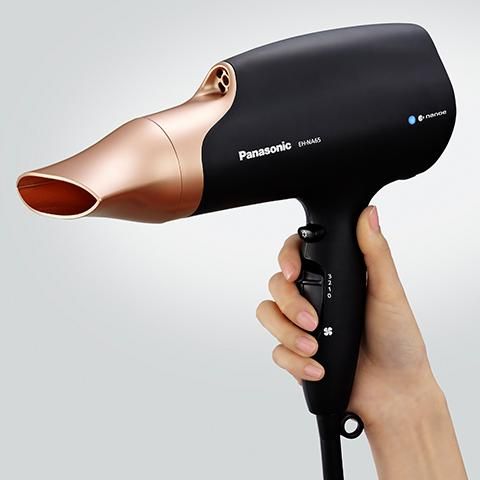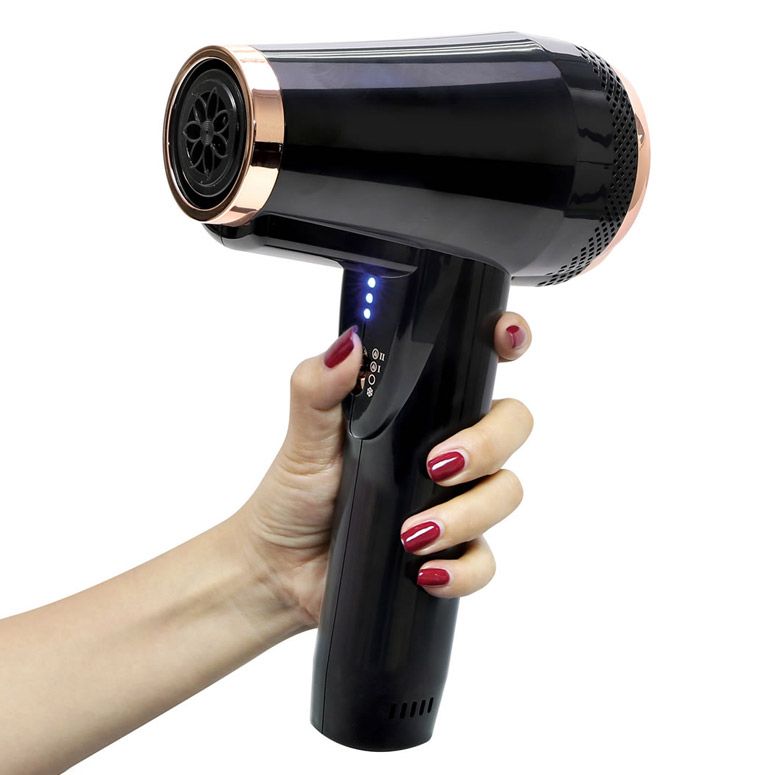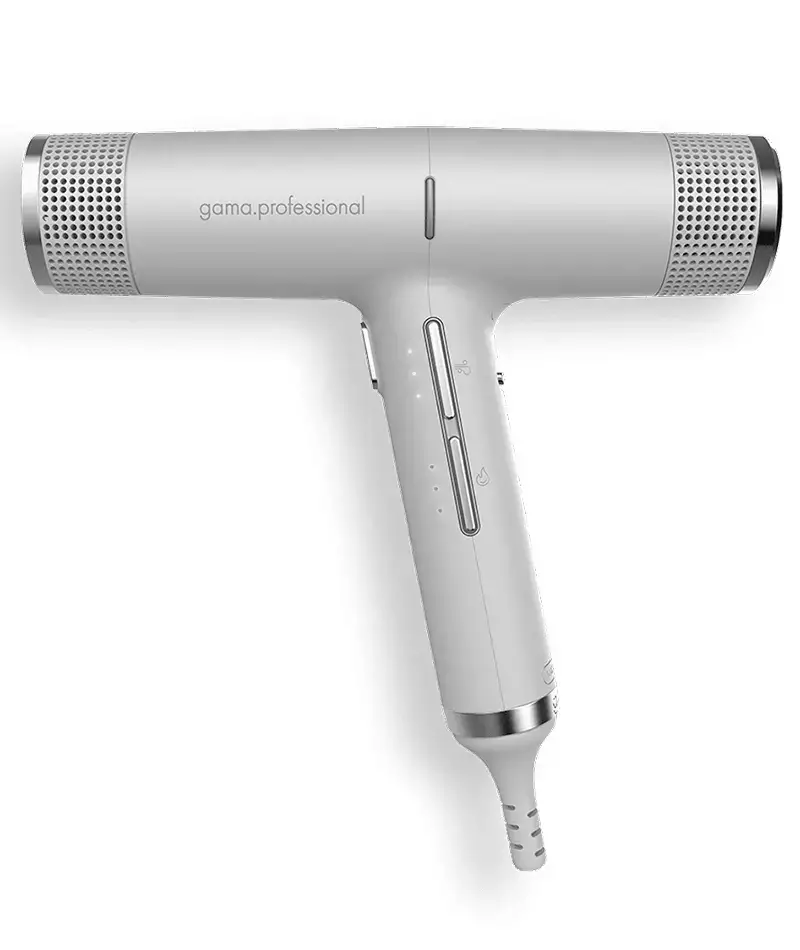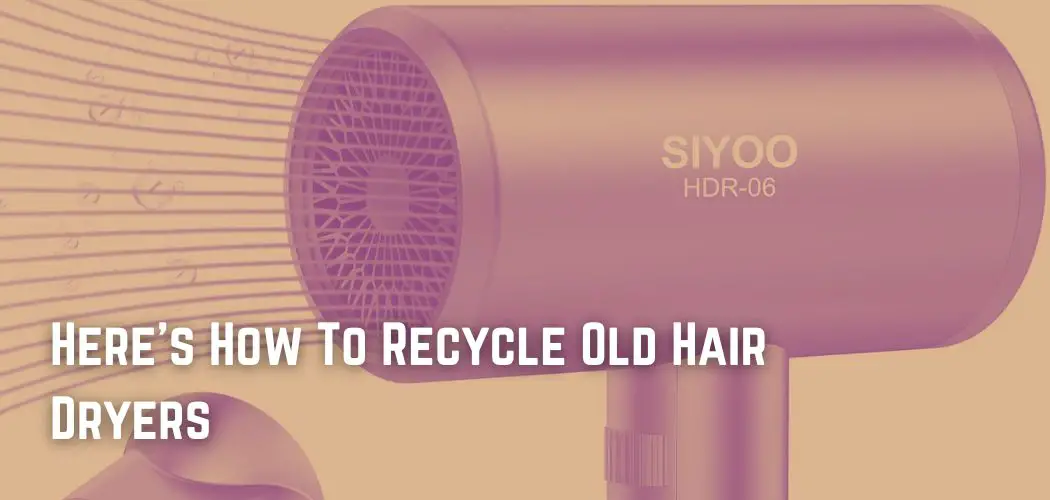If you’ve ever thought about how long it takes to get all the water out of your hair, you’ll understand how useful hair dryers are. Regarding hair drying, these gadgets are the first alternatives that come to mind for every individual and hairdresser.
Typically, there are two types: the rigid-hood dryer and the portable dryer. While the former consists of a plastic dome into which a person’s head is placed with dry hair, the latter is often used to give volume to hair and has brush hair.
These equipment or instruments are used to blast hot air over wet or damp hair in order to remove the water from the hair.
Due to how popular they are and how important they are for quickly drying hair, they are made in large quantities and sold everywhere.
This fact alone suggests that if they aren’t taken care of properly, they could be a source of pollution if they aren’t dealt with properly.
So, it is very important that you know how to get rid of these tools when you no longer need them. You’ll learn about hair dryers and how to throw them away when they’re no longer useful.
How To Get Rid Of It?
In most instances, hairdryers must be plugged in to operate. This is because producing heat requires a great deal of energy.
However, it may incorporate batteries for some purposes. There may also be certain models that contain batteries.
Separately and in a proper manner, dispose of all batteries.
In this case, you need to take all of the batteries out of the item before throwing it away or recycling it. Batteries may be hazardous to humans, animals, and the environment. Therefore, they must be disposed of according to municipal and state regulations.

Consult your local scrap disposal organization for the disposal of hair dryer batteries. If they are unable to assist you, you should contact your local hazardous waste management organization. Make sure you strictly adhere to their advice.
You must remember that hair dryers and batteries should not be discarded together.
Even though so much has changed in the world over the past two decades, the hair dryer has stayed practically unchanged and continues to be a need for the majority of women and a significant number of men.
Some of us have many hair dryers that have seen better days lying around and are unsure what to do with them.
Since there are so few repairable parts in a hair dryer, there aren’t many choices when one breaks; therefore, it’s time to recycle or get rid of the old one and get a new one.
Can It Be Recycled?
How to recycle a hair dryer was one of the most frequently asked questions about hairdryers. Several people say that these hairdryers are no different from other electrical items and devices that can be recycled.
If you are thinking this, you are not alone. Typically, outdated hair dryers may be recycled. By recycling old hairdryers, you have rescued equipment and materials from the landfill and given them a second, more useful life.
There is significantly more scrap material in hair dryers. Due to their composition, these items are recyclable indefinitely. Even though these tools could be put in a recycling bin, they don’t make up much of the metal trash that is collected to be recycled.
Companies that recycle scrap metal use hair dryers to collect scrap metal, then separate the alloys and use them to make a wide range of metal tools and equipment.
Metal scrap may be used to create automobiles, construction materials, wiring, home items, and electronics, among other things.
The scrap metal from hair dryers, on the other hand, may take several shapes. Metals such as aluminum, copper, and metal are used by some.
Most of the time, hairdryers are a good example of these metals, which are needed in large amounts to make electrical equipment and devices.
Are They Harmful For The Environment?
It is commonly accepted that the majority of electrical equipment and products are hazardous to human health and the environment. Hair dryers are no different.
Hair dryers provide several environmental risks to our health and local surroundings. So, it’s very important that you don’t throw away your hair dryers when you’re done with them.

A recent study has demonstrated that, in comparison to other household electrical equipment such as refrigerators, hair dryers consume a significant quantity of heat and energy.
Because of this, they often cause about 56 lb of carbon emissions or production each year.
Compostable Or Not?
Plastics are included on the outside and interior of hairdryers. Typically, plastics are not biodegradable.
This indicates that it will not degrade and become part of the ground even after several years. Most other plastics used in home appliances and other products don’t last as long as the polymers used in hair dryers.
These polymers are resistant to heat, more durable, and thicker. Therefore, it will be more difficult and complex for these polymers to degrade.
Therefore, the plastics will not disintegrate unless they are first treated. Instead, you should contact a scrap collector or other entity for disposal.
R2 CERTIFIED RECYCLING SERVICES
Recycle hair dryers, appliances, and all other electrical devices to help preserve the environment. nationwide collection services for hair dryer recycling and disposal. R2 Certified E-Waste Recycling, IT Asset Disposition, and on-site hard drive destruction.

Generalized recycling is not optimal. It merely exacerbates the problem of equipment disposal and reuse. As experts in recycling equipment, we work with you to come up with a more complete ITAD plan.
Their method is also better for your business’s bottom line and for the environment. Their plan involves attempting to earn money from obsolete equipment or components thereof.
Conclusion
If maintained properly, hair dryers are essential. However, if they are not disposed of appropriately, they offer additional concerns and threats.
After using them, you must not throw them away in the trash. Instead, you should have scrap metal recyclers pick them up so they can be reused.
By removing these things from your house using the right disposal methods, you will create an atmosphere free of health risks and environmental concerns.





